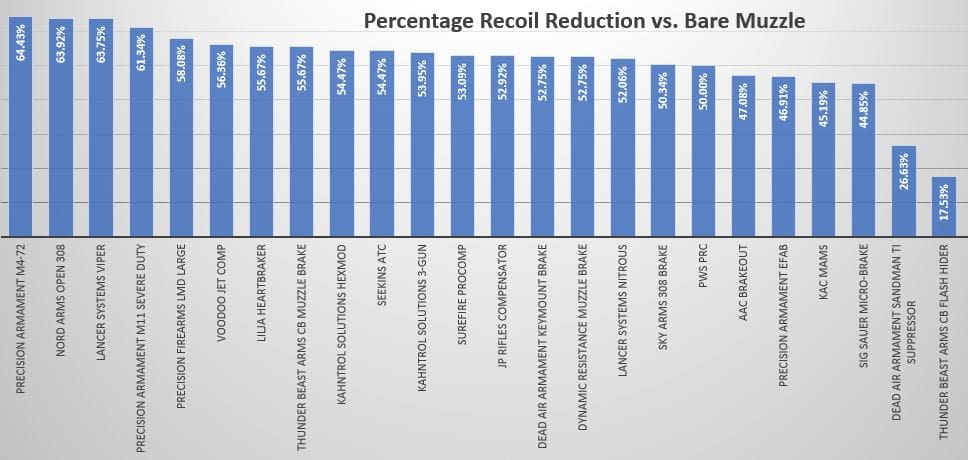

While still others requires your barrel be drilled until it looks like Swiss Cheese.Ī simple Limbsaver is all that is often needed to let one step up to a much more powerful round.if you feel more powder, and a heavier bullet is needed, you owe it to yourself to try one of these. Others require an even greater expense of installing "something" in the stock to counteract that force. Many recoil pads are there, simply because they're supposed to be, and don't do a thing other than cosmetics, and hang up on your clothing. Now, if all that should sound a bit like I favor the Limbsaver, yer right!īut, not because it's made in my home town.Sims, and Trees is the ONLY thing this little Northwest town has to offer.Actually, it's because it truly does make all the difference in the world when shooting heavy loads.

right here in beautiful downtown Shelton, WA.is beyond a doubt, the best recoil pad EVER.period! The 70 grain loading was generally considered a 1350 fps load with a 405 grain bullet.Ĭlick to expand.Yes, Sir.That "Limbsaver" made by SVL (Sims Vibration labatories). Which low-recoil hunting cartridge is best for you Creative CommonsGsutaf Eriksson. That load is probably good for about 1150 or 1200 fps. The Army issued a reduced velocity load to the Cavalry, using a 405 grain bullet over 55 grains of black powder. The 1873 Trapdoor Carbine weighed in at about 6 lbs. To put it all in perspective, when the Army issued the 45-70 carbine to the Cavalry, there were a lot of complaints about the recoil. projectile weight, projectile velocity, powder charge and rifle. Filling the buttstock with shot goes a long way to taming this light rifle. The following table provides rifle recoil energy, recoil velocity and recoil score of various rifle cartridges based on respective. The factory 300 grain HP's at circa 1800 fps fall into the heavy trap load recoil to me. I don't like such loads in a single barrel 12 either, and have about as much tolerance for anything discussed here. In the real world, firearms chambered for less powerful cartridges are typically built. Increase the gun weight by, say, 25 and the recoil goes down by 25. Do not forget that rifle weight is a crucial factor in the recoil equation, inversely proportional to recoil. One has to remember that the powder charge has inertia too, so the 45-70 will have a little edge on something like a 2 3/4" 1 1/8 ounce trap load (1275-1350fps) but I'm not sure there is enough felt difference to matter. It can be measured or computed empirically and has been for this recoil table. One way to think of it is that one ounce is 437 grains, so nominally, a 400 grain bullet at the same velocity of a similar load of shot at similar velocities is going to make similar recoil. This is what I would consider 45-70 400 grainers at 1700 fps to be like. They don’t _feel_ the same at all.About like 12 guage pump w/ 2 3/4" 1 5/8 ounce magnum loads. I could shoot the 3.5� shells all afternoon with my pump gun but I started to flinch long before I got the 7mm Mag rifle sighted in. I once owned a 7mm Rem Mag that was so lite it felt worse than when I patterned my shotgun with 3.5� 2oz turkey loads. The following chart assumes an 8 pound gun weight. The recoil energy and velocity in this table are integrated over an interval of time, so a stretched out “push” may measure the same as a sudden impact. You do have to take into account a difference in rifle weight. (However, I get the impression that it became a b***h to carry after a few hours marching and _not_ shooting.) So I think this table works at all mainly because most guns for similar cartridges are within 10% of the same weight.Īny energy diverted by the gun from propelling the bullet will reduce these numbers, but I would expect the typical self-loading action to only affect them a few percent – otherwise when the Springfield 03 was replaced by the M1 Garand, troops would have complained about a reduced range.įinally, perceived recoil and actual measured recoil are not the same. The mass of the gun affects both the recoil energy and the recoil velocity as an extreme example, if you jury-rigged an M1 Garand for full-auto it would be uncontrollable, but the BAR was controllable because it was about twice the mass. The table definitely should have listed the gun used to get these measurements.


 0 kommentar(er)
0 kommentar(er)
